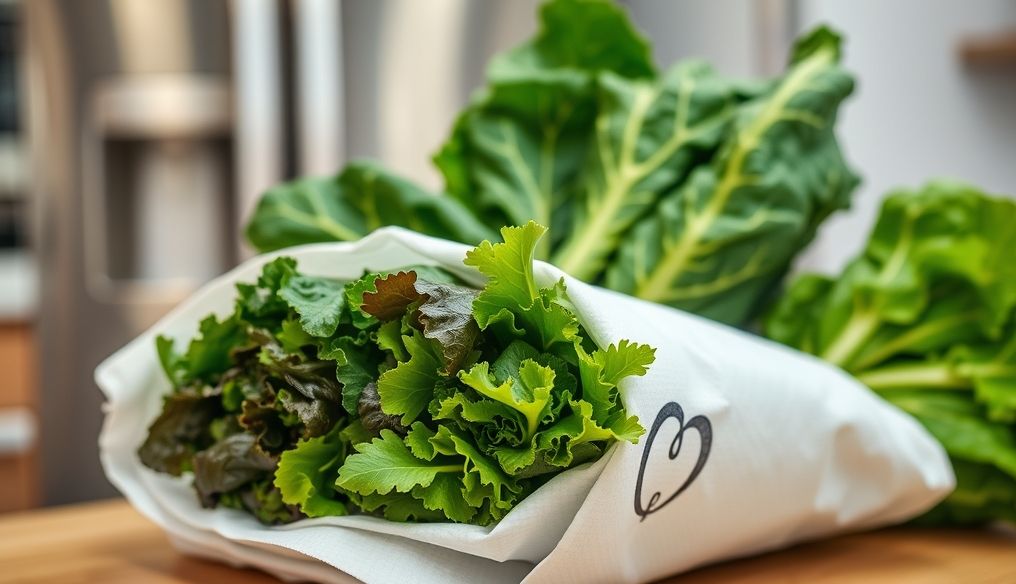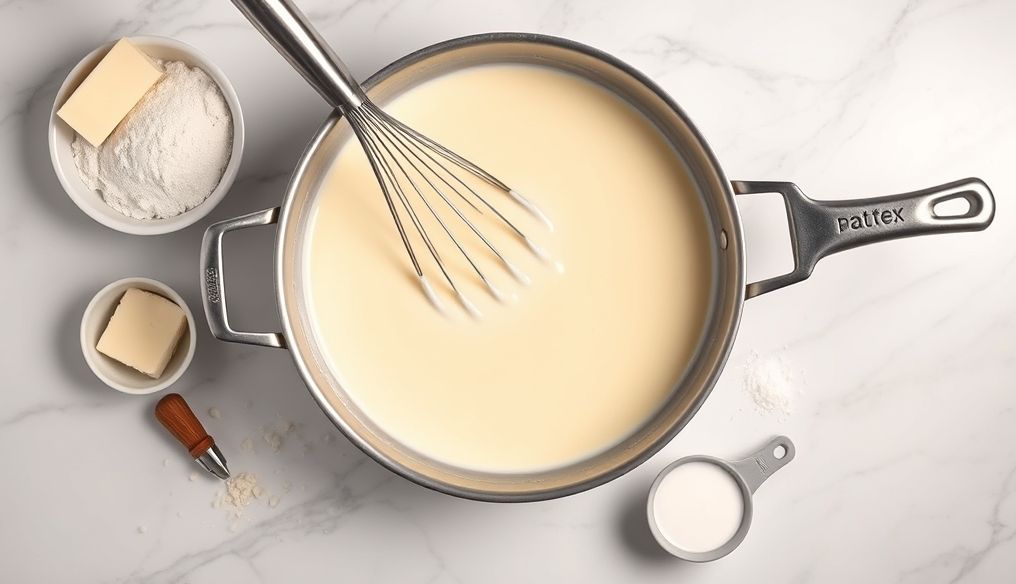Why Do Leafy Greens Spoil Quickly?
Leafy greens are highly perishable due to their composition. They have a high water content, making them prone to wilting and dehydration. They also continue to respire after harvest, leading to sugar consumption and quality deterioration. Additionally, enzymes, bacteria, and fungi can cause spoilage.
Key Factors Affecting the Freshness of Leafy Greens:
- Humidity: Excessive humidity encourages mold and bacterial growth, while low humidity causes wilting.
- Temperature: High temperatures accelerate respiration and deterioration.
- Light: Exposure to light can change the color of greens and reduce their nutritional content.
- Ethylene: Some fruits and vegetables produce ethylene gas, which speeds up the ripening and spoilage of leafy greens.
Methods for Keeping Leafy Greens Fresh:
There are several effective ways to extend the life of leafy greens. Here are some tried-and-true tips:
1. Proper Storage Immediately After Purchase:
The most important step is to store leafy greens correctly as soon as you buy them.
- Don't Wash Before Storing: Washing increases moisture and encourages mold growth.
- Wrap in a Paper Towel: The paper towel absorbs excess moisture.
- Place in a Perforated Plastic Bag: The perforations allow the greens to breathe.
- Store in the Refrigerator's Crisper Drawer: The drawer provides an ideal humid and cool environment.
2. Using Appropriate Storage Containers:
Containers specifically designed for storing vegetables can help keep them fresh.
- Ventilated Containers: Allow air to circulate and reduce humidity.
- Containers with an Ethylene Filter: Absorb ethylene gas and slow down the ripening process.
3. The Ice Bath Technique:
If the greens start to wilt, they can be revived with an ice bath.
- Fill a large bowl with cold water and ice cubes.
- Submerge the wilted greens in the water for 15-30 minutes.
- Dry the greens thoroughly before storing them.
4. Separating Ethylene-Producing Vegetables:
Avoid storing leafy greens near fruits and vegetables that produce ethylene, such as apples, bananas, and tomatoes.
5. Using Vegetable Preserving Bags:
These bags are specifically designed to absorb excess moisture and keep vegetables fresh for longer.
6. Freezing Leafy Greens:
If you can't use the leafy greens before they spoil, you can freeze them.
- Wash the greens thoroughly and dry them.
- Cut them into small pieces.
- Place them in airtight freezer bags.
- Remove as much air as possible from the bag.
- Freeze for up to 6 months.
Note: Frozen greens will be softer after thawing, so they are best used in cooking, such as soups and smoothies.
7. Using Wilted Greens in Cooking:
Even if leafy greens start to wilt, you can still use them in cooking. They can be added to soups, broths, and stir-fries.
8. Growing Leafy Greens at Home:
If you want to have fresh leafy greens always available, consider growing them at home. You can easily grow many leafy greens in small gardens or even in pots on the balcony.
Benefits of Growing Leafy Greens at Home:
- Fresh and nutritious greens always at your fingertips.
- Saving money.
- Reducing waste.
- Enjoying gardening.
9. Understanding the Life Cycle of Leafy Greens:
Knowing when the greens were harvested and how they were stored before you bought them can help you estimate how long they will stay fresh.
- Choose greens with firm and vibrant leaves: Avoid wilted, yellowed, or damaged leaves.
- Buy from reliable sources: Local farmers often have fresher greens than large stores.
10. Using White Vinegar to Disinfect Leafy Greens:
White vinegar can be used to disinfect leafy greens and kill bacteria.
- Fill a bowl with cold water and add half a cup of white vinegar.
- Submerge the greens in the water for 10-15 minutes.
- Rinse the greens thoroughly with clean water.
- Dry the greens thoroughly before storing them.
Note: This method helps remove pesticides and dirt from the greens.
Additional Tips for Preserving Leafy Greens:
- Avoid placing leafy greens in the back of the refrigerator: This part may be too cold and cause the greens to freeze.
- Use green leaves in smoothies: Slightly wilted leaves can be used in smoothies.
- Make vegetable chips: Leafy greens can be turned into crispy chips in the oven or dehydrator.
Conclusion:
Keeping leafy greens fresh for longer is not difficult. By following these simple tips, you can enjoy their nutritional benefits and reduce waste in your kitchen. Remember that proper storage, careful handling, and awareness of the life cycle of greens are the keys to keeping them fresh and delicious.




